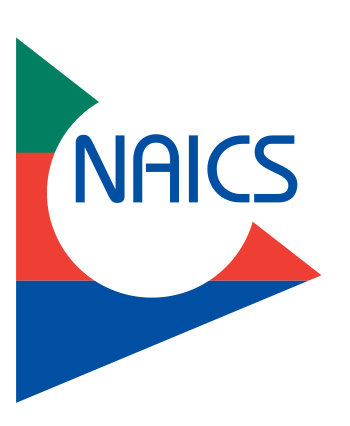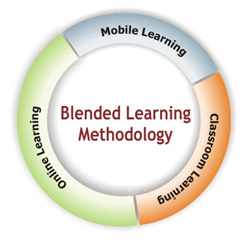On February 1, covered employers are required to post the Occupational Safety and Health Administration's (OSHA) 300A form. The 300A form summarizes the information that is kept on the OSHA 300 log form. Covered employers are required to prepare and maintain records of serious occupational injuries and illnesses that occur at a workplace on the OSHA 300 log form. At the end of the year, covered employers are required to tally the totals on each column and enter the totals on the OSHA 300A form. The information should be used by employers to evaluate safety in the workplace and determine ways to eliminate or reduce hazards in the workplace. OSHA's 300A form is required to be posted until April 30, 2018 and must be retained for 5 years. During the retention period you are required to update the log to add new information regarding the occupational injuries and illnesses recorded on it. OSHA has brief tutorial to help you complete the forms.
 |
| 300A Form Must Posted By February 1, 2 |
A final rule was issued and went into effect on January 1, 2017, requiring certain employers to electronically submit injury and illness data to OSHA. OSHA has provided an online secure website (click here for the website) for submitting this information. You must submit this information by July 1, 2018. If you meet the following criteria you DO NOT have to electronically submit your 300A information to OSHA:
- The establishment's peak employment during the previous calendar year was 19 or fewer, regardless of the establishment's industry.
- The establishment's industry is on this list, regardless of the size of establishment.
- The establishment had a peak employment between 20 and 249 employees during previous calendar year and the establishment's industry is not on this list.
- Establishments under jurisdiction of these State Plan states do not currently have to electronically submit to OSHA: California, Maryland, Minnesota, South Carolina, Utah, Washington, and Wyoming.
 |
| Logo for NAICS (North American Industry Classification System), a system used by the U.S. Census Bureau and others. (Photo credit: Wikipedia) |
However, this does not exempt these industries or covered industries from reporting to OSHA, within 8 hours, any work-related fatality and reporting work-related in-patient hospitalizations, amputations, or losses of an eye within 24 hours. This new reporting requirement was also part of the changes that went into effect on January 1, 2015. Employers can report these events by telephone to the nearest OSHA Area office during normal business hours, or the 24-hour OSHA hotline 1-800-321-OSHA (6742), or electronically through a new tool which is being developed, look for it here. Should you need any assistance with these requirements contact Future Environment Designs.
Related articles










































